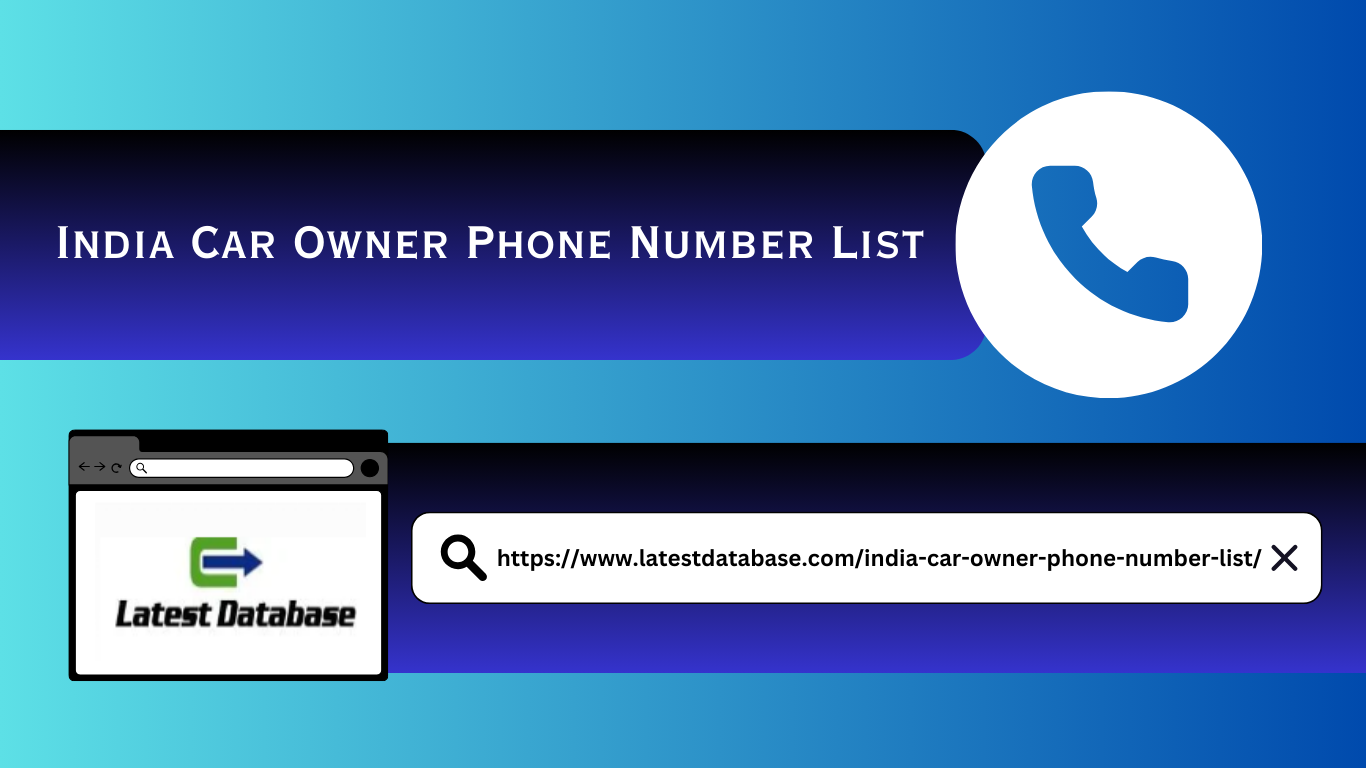|
|
The first is that when we think, we must focus on a specific object, such as an organization, enterprise, brand, product, communication, etc. Secondly, when thinking, we must have order, from the outside to the inside, and pay attention to the essence of the problem. For example, in the previous article, the things mentioned in the example cannot be sold because of the price. Deeper thinking is about value. And thinking about a particular object, I call it the planning cycle - where are we now - why are we here - where can we go - how do we get there - have we got there - where we are now Where... This is because when we answer questions at each stage, we inevitably have to re-examine the previous question. [size=14.6667px]
[size=14.6667px]As for the way of thinking, here are some examples: 1. The thinking process of brand strategy Where are we now? What is the current state of the market? What is the state of mind of the consumer? What is the current status of each major competing brand? Why are we here? What factors in the marketing mix have led to us being where we are now? What factors explain the status of competing brands? When competing brands compare with each other, what are their advantages and disadvantages? Here, there are two considerations: Market aspect: market share size, market segmentation, channel access, consumer purchasing motivations, purchasing and usage patterns, reasons for non-use, etc.? Brand aspects: competitive strategy, market positioning, sales model, brand outstanding features, appeal, and what are the marketing and advertising activities? Where can we go? Where do you expect to go? Market position: such as market share India Car Owner Phone Number List How to do it? What are the target markets? Buyers/Users: Get existing users to use more? Attract new users? Or find ways to regain lost users? (Users are users) Consumer reaction: Can the brand be repositioned? What different reactions might we get? Where will it actually go? If you take into account: The current state of the market and trending brands what will be the price or cost for consumer appeal and what will be the timeline How can we get there? What changes do we need to make to achieve marketing purposes? What changes do we need to make to the product itself? What about changing the packaging of your product? Price redesign? Channel access? spread? Strategy/Creativity/Media/Cost... We need to accurately define how various communication tools will play their roles to help achieve marketing goals, because for different target consumers, we need to think about the role of advertising.

For example, those who have purchased/used the product, those who have used it but have not explored the brand, those who have used it for the first time but have not repurchased it, the current user group has a stratified status. For lost users, advertising plays different roles depending on the reasons for losing them. For example: For those who habitually forget, advertising needs to remind them, especially the satisfaction and pleasure they get when using it. For those who like other brands, advertising needs to encourage them to change their attitudes and overcome their prejudices. You can launch some re-try marketing activities for these users. 2. Thought Process of Advertising Strategy Where are we now – what do consumers think now – how do they view us and other competing brands? Why are we here – Competitive Analysis/Target Consumer Analysis? Where might we go – market opportunity/market target/advertising role? Where do we want to go – how do we want consumers to react after seeing the ad? How do we get there – what can we do to change consumer perceptions? Whether we can achieve - the evaluation of advertising effectiveness is a bit difficult to understand, metaphorically speaking.
|
|